Worldcoin Raises $135M to Expand Global Biometric Identity Network
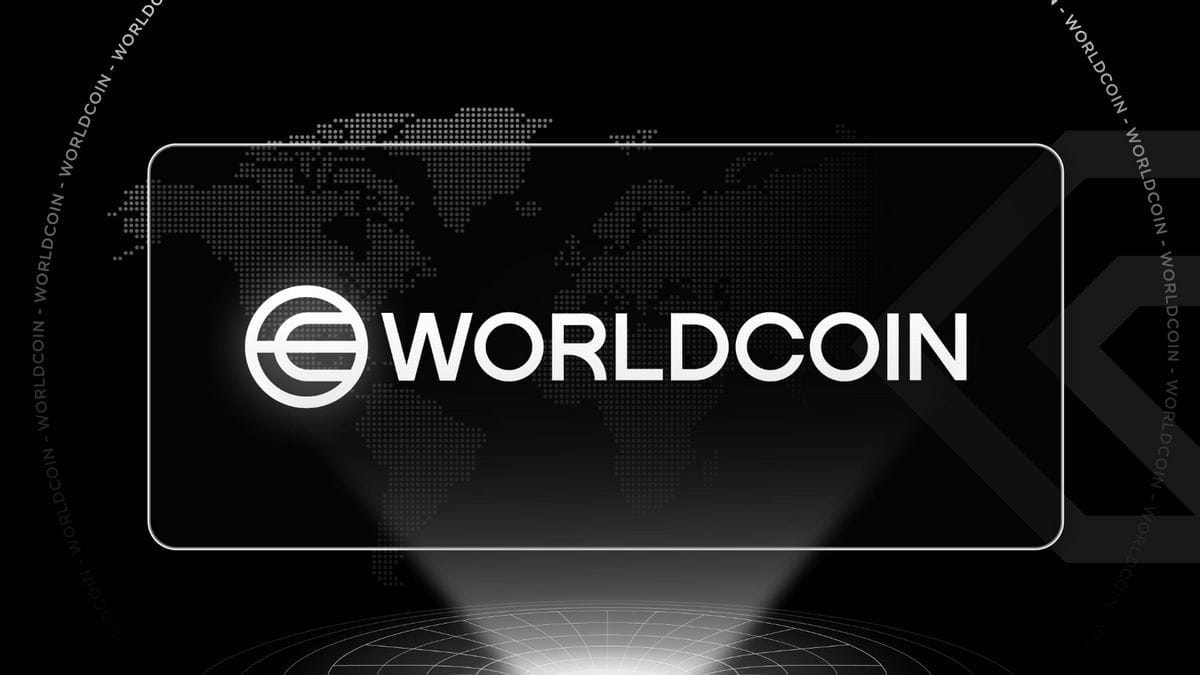
In a major move to scale digital identity infrastructure, Worldcoin has rebranded to World and raised $135 million in funding as of May 21, 2025. The investment round, led by Andreessen Horowitz (a16z) and Bain Capital Crypto, supports the global rollout of World’s World ID system and its proprietary Orb biometric network. Despite a 90% decline in WLD token value over the past 14 months, institutional support signals long-term confidence in the project's ambitions to distinguish humans from AI in online ecosystems.
With over 26 million users and 12.5 million verified biometric World IDs across 160 countries, World aims to establish a privacy-preserving, global digital identity standard. This article breaks down the funding, technical infrastructure, applications, and the challenges ahead.
Funding Strategy and Strategic Focus
Direct Token Sale Model
Unlike traditional equity-based venture rounds, World raised funds through a direct sale of WLD tokens at market prices, increasing the circulating supply to 1.51 billion. This approach gave the company immediate liquidity but may intensify downward pressure on the token’s value due to inflationary effects. Still, the backing of major VCs suggests belief in the underlying protocol and its scalability potential. WLD rose 15% after the announcement, although it remains well below past highs.
Allocation Priorities
The funding will support three primary initiatives:
- Orb Deployment: World plans to ship 7,500 biometric Orbs across the U.S. by the end of 2025, with international expansion to follow.
- U.S. Market Penetration: World launched in six major U.S. cities in May 2025, aiming to make World ID a widely accepted verification tool.
- Network Sustainability: Funds will also be used to improve fee models, deploy the Orb Mini, and develop World ID 3.0, featuring advanced anti-deepfake measures.
Core Technologies Behind World ID
What is World ID?
World ID is a decentralized, blockchain-based identity protocol that verifies human uniqueness using biometric identifiers, primarily iris patterns. Upon scanning a user's iris, a unique IrisCode—a one-way cryptographic hash—is generated and stored on a public blockchain.
To safeguard privacy, World ID employs zero-knowledge proofs (ZKPs), allowing users to prove attributes (like age or residency) without revealing personal details. For example, someone can confirm they are over 18 without disclosing their birth date or full identity.
The Orb: Biometric Hardware
The Orb is a custom biometric device designed to:
- Capture: High-resolution images of users’ irises.
- Process Locally: Data is converted on-device into an IrisCode. No raw biometric images are transmitted or stored.
- Register: The IrisCode is uploaded to the blockchain and linked to a World ID credential.
This ensures biometric data never leaves the hardware, reducing risks associated with central data repositories. The company is also developing the Orb Mini, a portable device intended to bring biometric enrollment to underserved or remote regions.
World ID 3.0: Fighting Deepfakes
The newest protocol iteration, World ID 3.0, incorporates Deep Face, an AI-based liveness and deepfake detection system. Deep Face uses facial motion analysis and behavioral biometrics to distinguish between real users and AI-generated impersonators. This feature is in response to rising deepfake-related fraud—particularly acute in countries like the Philippines, where such incidents spiked by 4,500% between 2022 and 2023.
The combined use of iris recognition and facial verification helps make World ID more resistant to identity spoofing in high-risk environments.
Applications and Integrations
Commercial Partnerships
World is pushing for broader utility through integrations with mainstream services:
- Visa: The World Card allows users to spend crypto assets at over 150 million merchants globally, with transactions authenticated via World ID.
- Match Group: Tinder is testing age verification using World ID in Japan to meet local regulatory standards.
- Circle and DeFi Platforms: World ID is being explored as a secure sign-in layer for decentralized finance and crypto wallets.
Digital Access and Inclusion
Beyond high-tech partnerships, World aims to tackle identity exclusion in underserved areas. Mobile Orb units and integrations with crypto-financial tools are key to delivering digital identity to the unbanked and undocumented populations.
Expansion Strategy and Regulatory Headwinds
Global Market Rollout
World’s international strategy balances growth in both developed and emerging economies:
- Philippines: Launched in February 2025 to help combat identity fraud.
- United States: Full rollout began in May 2025 with on-the-ground operations in six cities.
- Future Markets: The company is targeting additional regions pending regulatory clearance and local partnerships.
Regulatory Scrutiny
World faces pushback in several jurisdictions:
- Indonesia: Suspended operations in May 2025 due to regulatory concerns.
- Germany, Kenya, Hong Kong: Raised objections over biometric data processing and sovereignty.
In response, World is emphasizing its privacy-by-design approach. Technologies like ZKPs and on-device processing are central to its pitch to regulators. The new World ID Credentials feature also enables selective disclosure, helping users reveal only necessary information in a privacy-preserving manner.
Ethical and Economic Challenges
Surveillance Concerns
Critics argue that normalizing biometric scanning—even with privacy protections—could lead to broader societal surveillance. Notably, Swan Bitcoin CEO Cory Klippsten referred to the Orb Mini as a tool for “dystopia-shilling.”
World asserts that its use of decentralized infrastructure and cryptographic guarantees provides a meaningful alternative to centralized data collection practices, emphasizing user control.
Tokenomics and Volatility
The funding model expanded WLD’s supply, creating inflationary pressure that could affect long-term valuation. While the token's short-term price increase post-announcement suggests renewed interest, the prior 90% drop remains a cautionary marker of crypto market volatility.
Conclusion: Building Trust in a Post-AI World
World’s $135 million raise marks a significant step toward its vision of a global, biometric-proof-of-personhood system. With support from major investors and growing integrations into real-world applications, the project is expanding beyond its crypto-native roots.
Yet, serious challenges remain. Regulatory friction, ethical scrutiny, and volatile tokenomics could hamper adoption. To succeed, World must balance aggressive innovation with transparent governance, secure technology, and user-centric privacy. If it manages that, it could become a cornerstone in the emerging infrastructure of digital identity in the AI era.
References

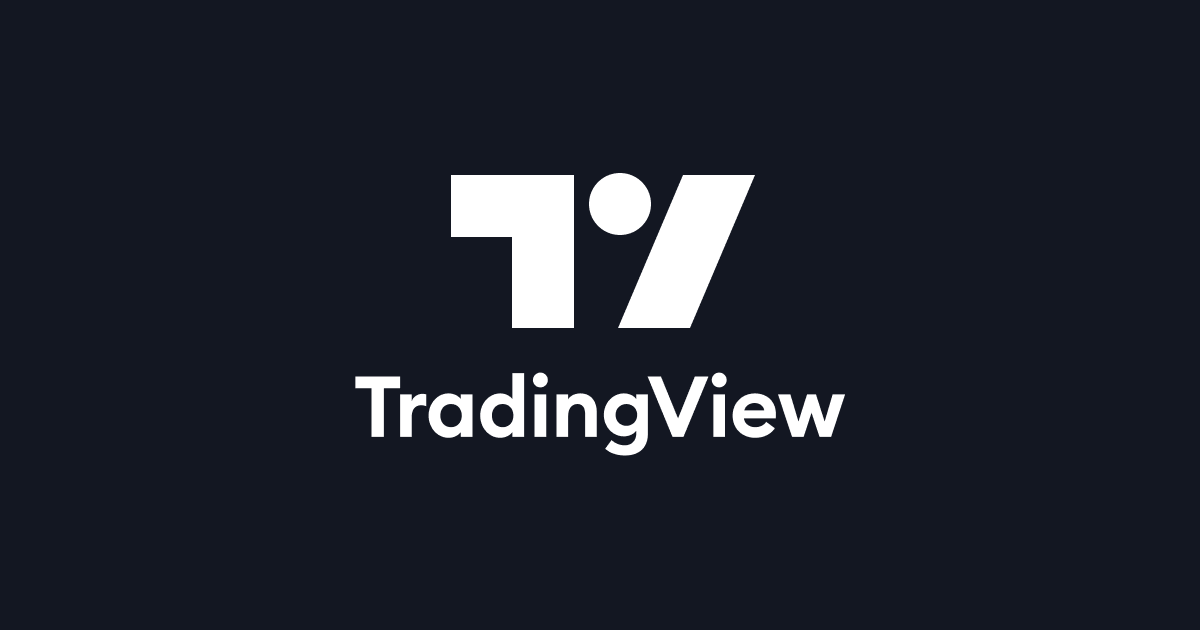


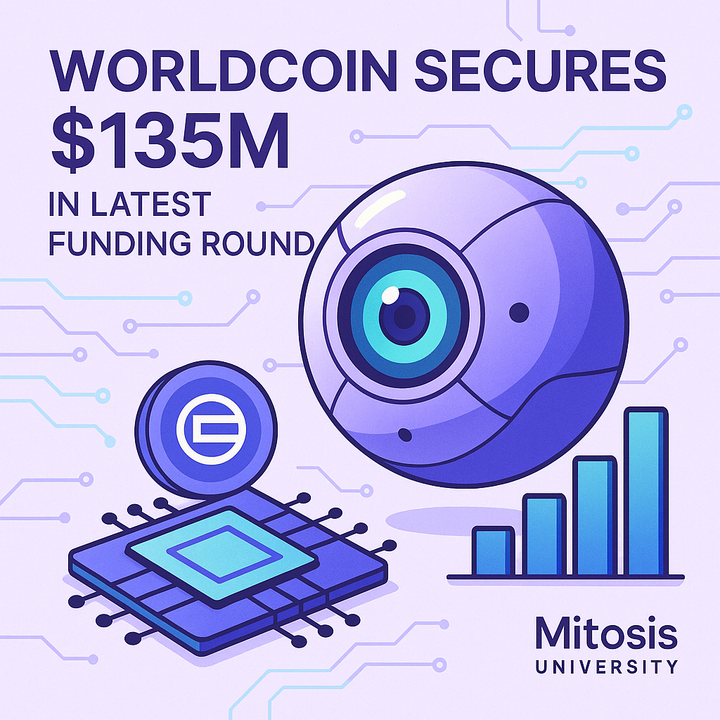
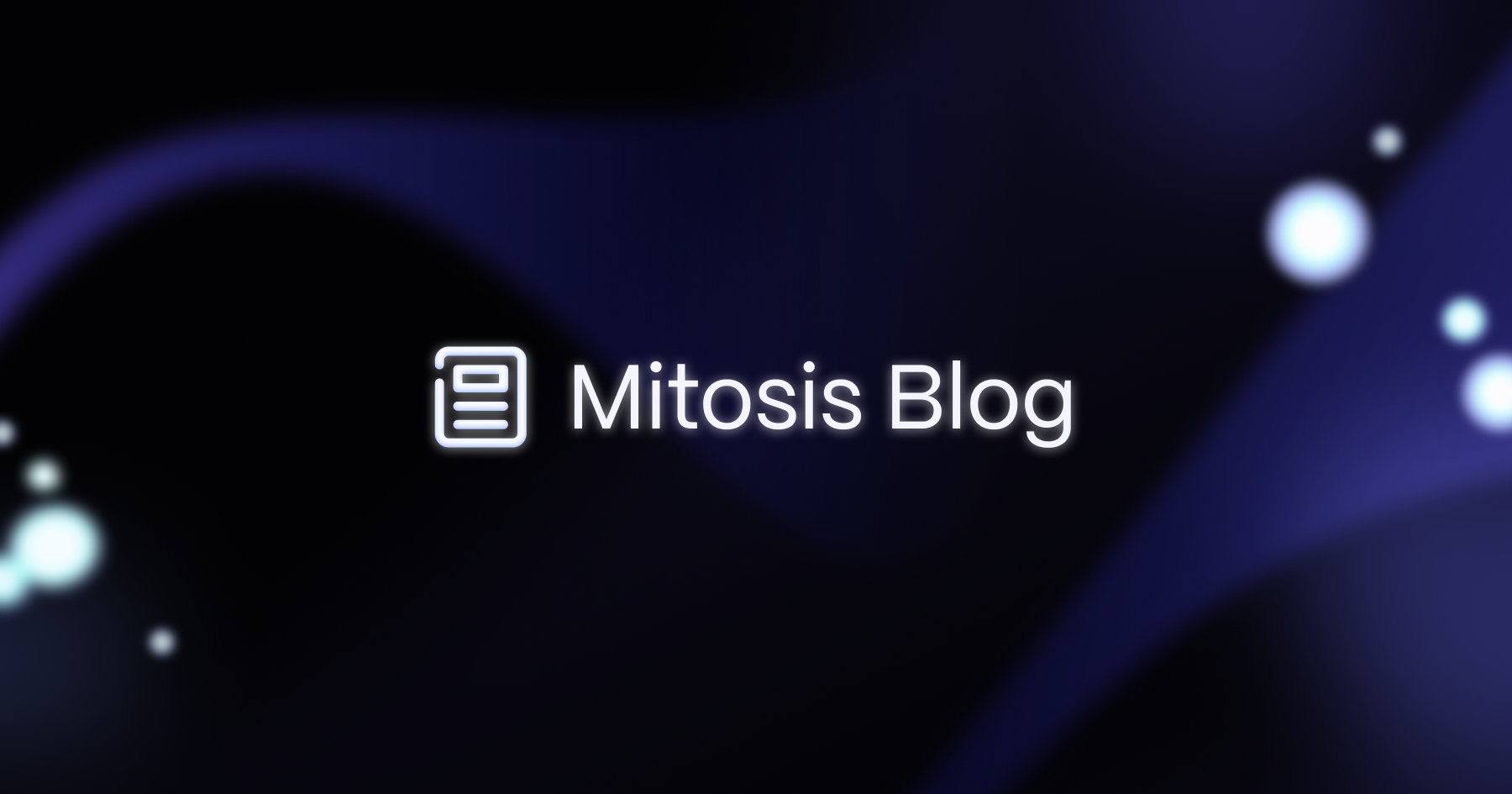








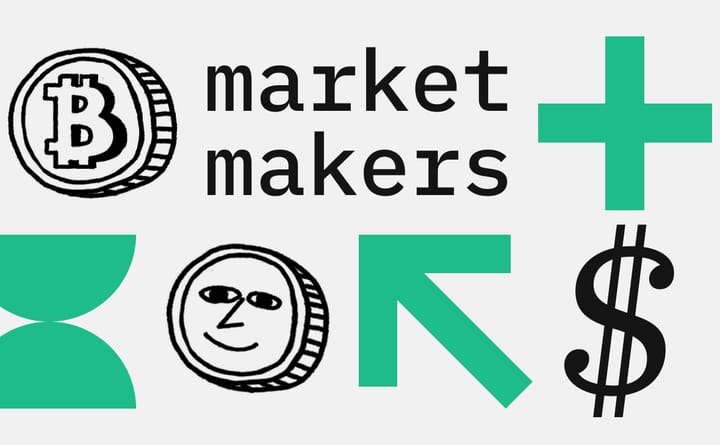
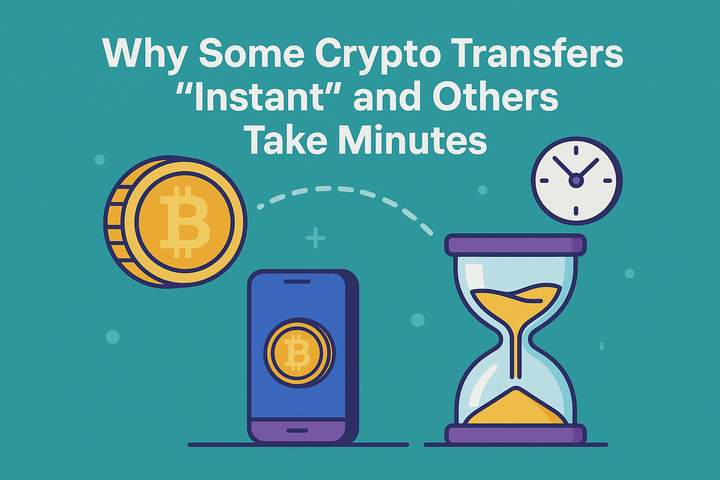
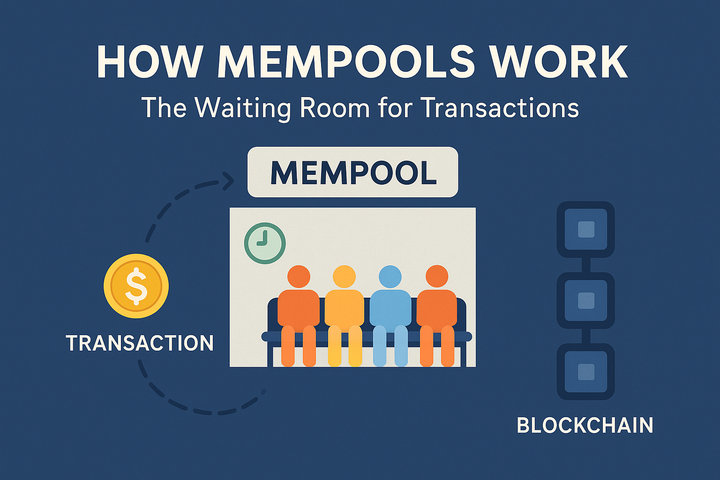
Comments ()